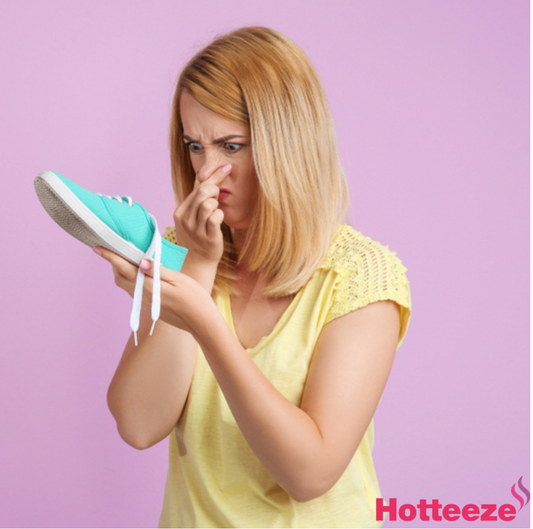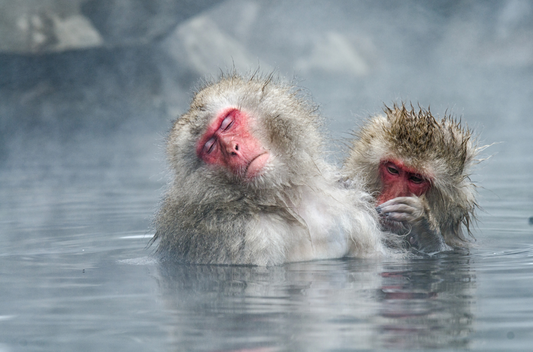What is it about heat and steam and lots of water that makes you feel so good? It’s a combination used in many parts of the world to help people (and monkeys) relax, unwind and even alleviate common ailments.
Perhaps the country most associated with hot spring culture is Japan, where there is a very long tradition of bathing in water naturally heated by high geothermal temperatures found deep down in the Earth’s interior. The water in these natural springs absorbs heat from buried rock formations and bubbles up to the surface to form what is called an “onsen”.
This is one of the many ways in which Japanese culture relies on thermotherapy - the use of hot (or sometimes cold) temperatures to soothe aches and pains and relax bodily tissue. References to hot springs can be found in historical literature dating as far back as the 1st century, in the Nihongi or “Japanese Chronicles,” which was one of the first written histories of the country. For many centuries the use of hot springs as a therapeutic and recreational pastime was exclusively for the upper and warrior classes but by the 17th century, ordinary Japanese people were also beginning to enjoy them.
Depictions of people at an onsen were often used in traditional woodcut illustrations, and this helped to spread their popularity. Today there are over three thousand Japanese inns and resorts where you can relax and rejuvenate in a hot spring.
There are many regulations (“onsen-hou”) which must be met before an onsen can be certified by the Japanese government, including the temperature and content of the water. The mineral make-up of the hot spring is as important as the heat it imparts and some combination of specific minerals must be present by law to ensure certification.

In addition to simple thermal springs, there are those with a predominantly saline, sulphur or acidic content - even those with a high iron content called ferruginous springs - and each type of water is said to have its own particular efficacious effects. Anyone suffering from various skin disorders, gynecological problems, hypertension or even gout can find an onsen with something to offer them.
Hotteeze heat pads are made in Japan and follow in the venerable tradition of portable, personal sources of thermotherapy. What used to be hot stones or heated sand wrapped in pouches and cloths and kept in pockets or clothing folds are now convenient light-weight pads which heat up as soon as they come into content with the air. The regular pads adhere to a layer of clothing and supply a constant source of warmth for up to 14 hours.
Those monkeys would love them!




